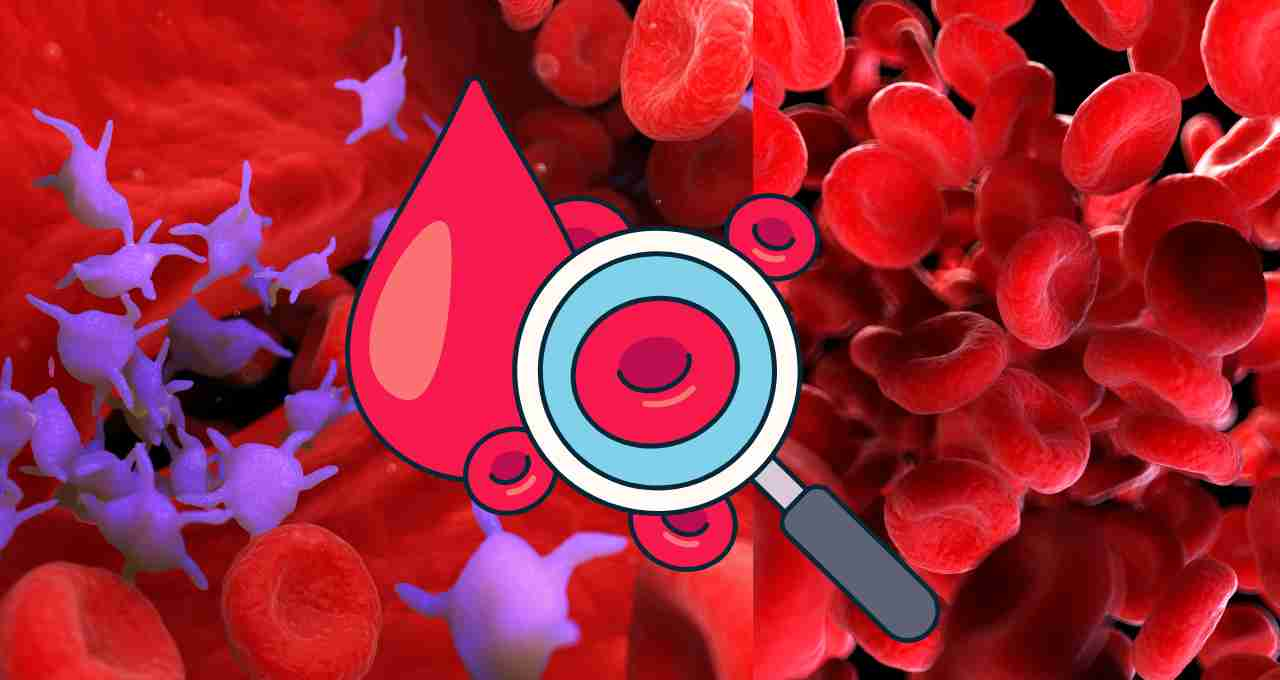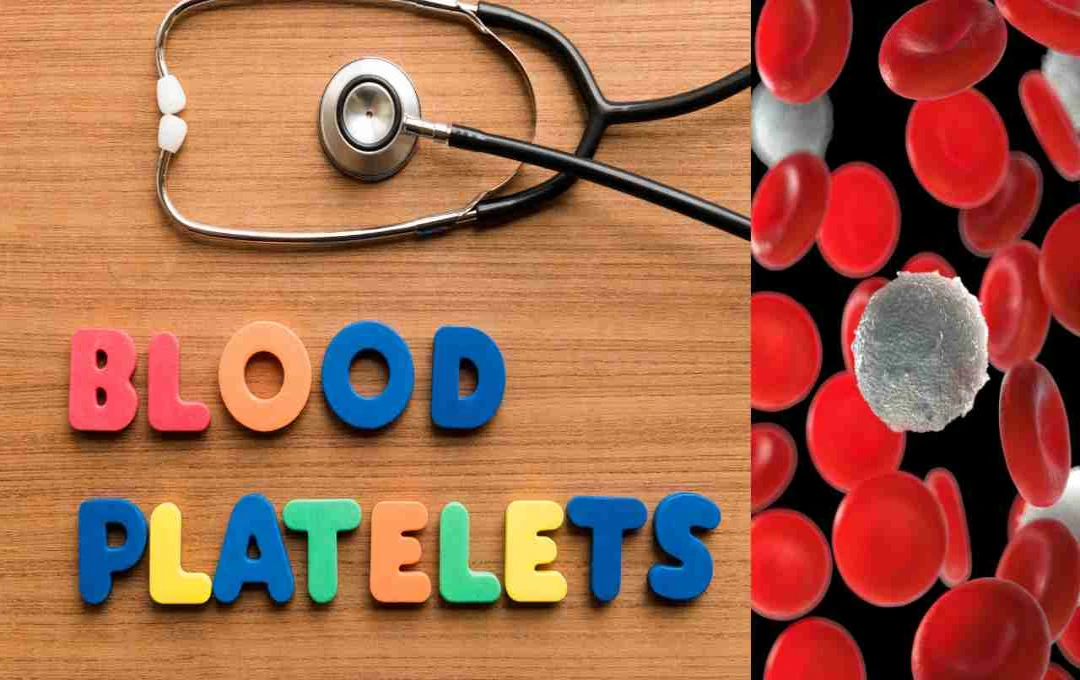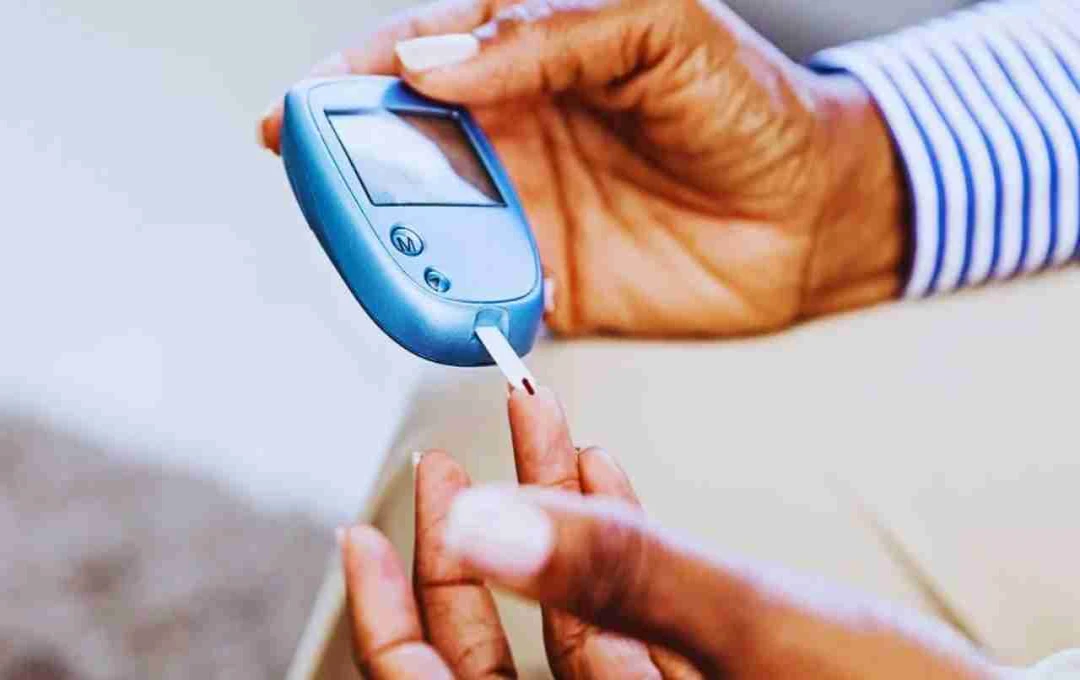In some individuals, platelet counts are naturally between 1 to 1.5 lakh from birth, a condition known as Constitutional Thrombocytopenia. This is not dangerous, and a normal life is possible. Danger arises when platelets drop below 1 lakh or when other blood parameters are also affected, necessitating further investigation and treatment.
Function and Importance of Platelets: Platelets are crucial for blood clotting and wound healing. The normal range is 1.5 to 4.5 lakh per microliter, but in some individuals, it remains stable between 1-1.5 lakh from birth. Experts refer to this as Constitutional Thrombocytopenia, and in such cases, there is no indication of any serious danger. However, if platelets begin to fall below 1 lakh or if hemoglobin and TLC also decrease, investigations for diseases like dengue, malaria, or blood cancer are conducted. In case of severe deficiency, a bone marrow test may be required.
What is the Function of Platelets
Platelets are a vital component of blood. According to a report by Cleveland Clinic, platelets are small cells produced in the bone marrow. Their primary function is to coagulate blood and aid in wound healing when an injury occurs. Without platelets, bleeding would not stop. This is why a significant drop in platelet count can be life-threatening.
What Should Be the Normal Level
In a healthy individual, the platelet count is typically between 1.5 lakh to 4.5 lakh per microliter. If this level drops below 20,000 to 30,000, it can be life-threatening. If the count is below 50,000, the patient is at risk of bleeding, and doctors initiate treatment immediately.
Why Do Platelets Decrease

Dr. Rohit Kapoor, a Hematologist and Oncologist at Max Hospital, explains that there are several reasons for low platelet counts. Diseases like aplastic anemia, leukemia, and myelodysplastic syndrome damage the bone marrow, reducing its ability to produce platelets. Additionally, deficiencies in folate and vitamin B12 also affect platelet production.
Certain viral infections, such as Hepatitis C and HIV, also impact the bone marrow and lower platelet levels. Sepsis, or blood infection, can also cause a decrease in platelets.
Treatment Based on Level
Dr. Rohit explains that patients are categorized into different groups based on their platelet levels. If the level is above 1.5 lakh, it is considered normal. Counts between 1 lakh 1 thousand and 1.5 lakh are considered mild deficiency, requiring no specific treatment, only monitoring every three months.
If the level is between 51 thousand and 1 lakh, it is considered a moderate deficiency, and the patient is examined monthly. Counts below 50,000 are considered a serious condition, while levels below 10,000 pose a risk of bleeding and are life-threatening.
Why Are Platelets Low From Birth
In many individuals, platelet counts are naturally between 1 to 1.5 lakh from birth. This is medically termed Constitutional Thrombocytopenia. In such individuals, this count remains stable for years without any risk. Their bone marrow functions normally, and platelets effectively perform their role in blood clotting.
When Is It a Cause for Concern
If a person's platelets are below 1 lakh, and concurrently, their hemoglobin and TLC are also decreasing, doctors conduct in-depth investigations. If the platelet count is continuously falling, treatment is necessary. During this period, a bone marrow test may also be performed to rule out blood cancer or other serious illnesses.















